1920s’ American flag contests excited youths
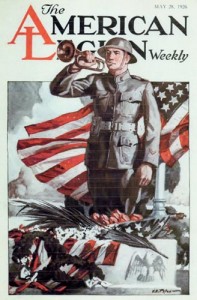
Ninety years ago, teenagers around the U.S. received a check to reward their love for the American flag. It happened because they entered a contest sponsored by The American Legion Weekly. Another contest, held three years later, sent winners around the globe.
Under the heading, “Wanted: A Patriot’s Flag Creed,” the Legion invited “millions of school children in the United States” to write about their “devout reverence for the flag of our country.”
The rules for the 1926 contest were at once simple and challenging: Write a 125-word essay that would “give to all the other children of the nation the same reverence for the flag and understanding of what it symbolizes that he has himself.” The national winner would get $750 toward a college scholarship. (Tuition that year at the University of Pennsylvania, for example, was $400.) State winners received a silver medal.
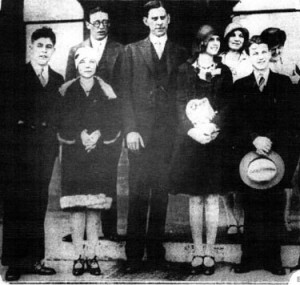
The American Legion explained that “this flag creed should be stated in concise, impressive phrases and in a style of sufficient vigor and literary merit to warrant its memorization and use in schools, in citizen assemblies and on all patriotic occasions.”
Tens of thousands of youngsters entered the contest, and the winners were a melting pot of Americans:
*In Idaho, Carrie Bradshaw, a Shoshone teenager, won first prize.
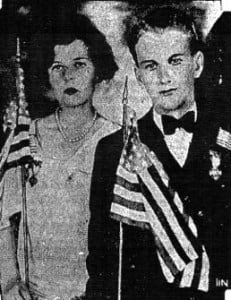
*In North Carolina, Kate Robinson, 16, bested all of the entrants with her essay, which began: “I believe in the Flag all-glorious, emblem of unity and peace….May it ever be guided toward the right….I promise to guard with pride and serve with love this blest symbol of truth and liberty.”
*California’s state winner was Fumie Yanagisawa. While her parents were natives of Japan, she wrote, “I was born under the stars and stripes, and I am proud to be an American citizen.” She told how she read as many tributes to the American flag as she could find before beginning her essay. It included these words: “I believe that you [the flag] will lead the world not only in strength but in righteousness….I promise to follow your ideals of ‘liberty, justice and peace.’”
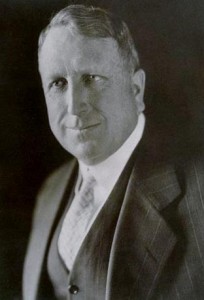
Three years later, William Randolph Hearst, the wealthy newspaper publisher, sponsored another American flag contest for the United States Flag Association, which was headed by Charles Lindbergh. Hearst’s prize topped the American Legion’s: The four national winners, who not only wrote essays but also had to answer 75 questions on the history of the American flag, were sent on an around-the-world tour.
Two New Yorkers – Mary McGonigal of Troy and Robert Sullivan of Syracuse – were joined by Alma Groves of Alabama and Merle Clark of Michigan. The quartet headed to the West Coast to begin their trek, which took them to such places as China and Italy. In Rome, they met Mussolini and the pope.
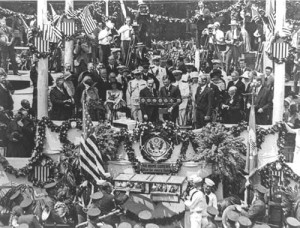
Other sites for the foursome included the Philippines, Kuala Lumpur, Egypt, Austria, France and England. Their three-month-plus tour ran from June 28 to Oct. 9.
As teens, their energy probably never flagged.
